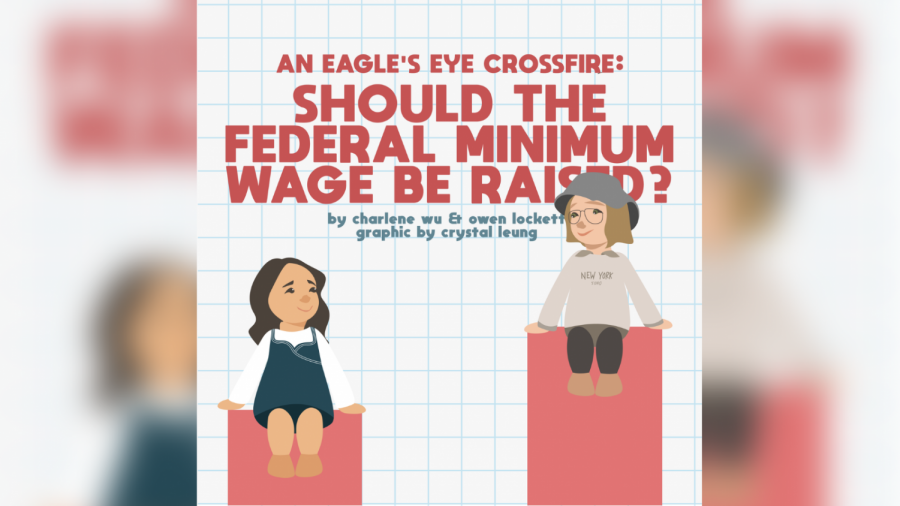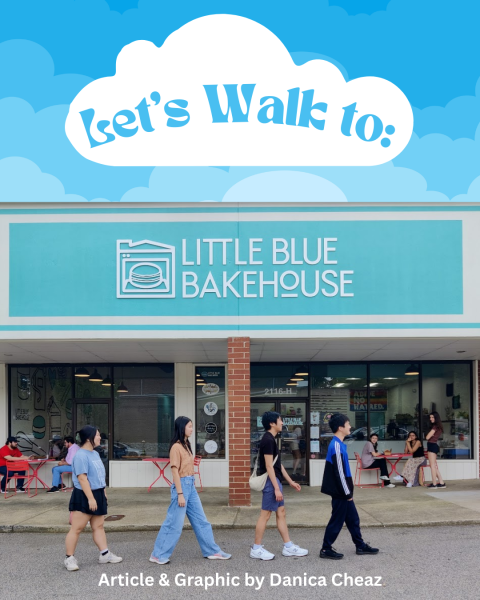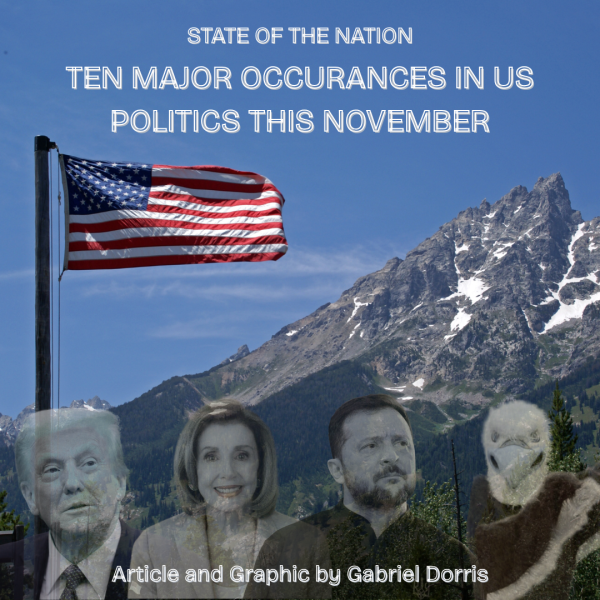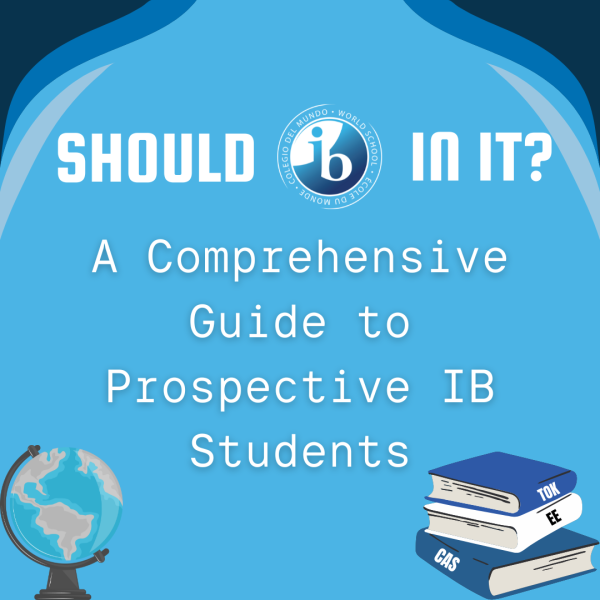Crossfire: America Needs a Raise
According to the National Employment Law Project, 42.4 percent of American workers make less than $15 per hour. An MIT report found that a family of four with two working adults and two children “needs to work nearly four full-time minimum-wage jobs (a 76-hour work week per working adult) to earn a living wage.” The minimum wage in America ($7.25) is, undeniably, a poverty wage wherever you are in the country. That needs to change.
Let’s first address the argument that a minimum wage increase would cause a rise in unemployment. Yes, there would be an increased cost of labor resources for employers but there are also other things to factor in. With a higher paid working class, there would theoretically be more consumption since workers would have more money to put back into the economy. If businesses are burdened with an increased cost, they might shift some of this money onto the consumer by raising product prices. Some might argue that this would be a massive burden on consumers but if you do the math, a $15 minimum wage would only raise the price of a McDonald’s burger by around $0.17 (this would have a different effect on small businesses, something I’ll discuss later.) A comprehensive analysis published in the Oxford Academic’s Quarterly Journal of Economics found “no evidence of disemployment when we consider higher levels of minimum wages,” meaning that people don’t necessarily lose their jobs when you pay them more based on what we have seen from state-level minimum wage changes between 1979 and 2016.
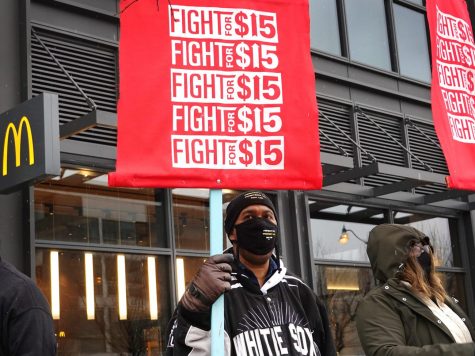
Of course, we should factor in the scale of the minimum wage increase in question which would more than double our current minimum wage across much of the country. The CBO (Congressional Budget Office) does estimate, in their analysis of the Raise the Wage Act of 2021, that if the minimum wage was to be phased in by 2025, then there would be a reduction in employment by 1.4 million workers (or 0.9 percent). Keeping in mind that this report did tend to oversample the studies, and there are several factors that make it less severe. In 2019, the Bureau of Labor Statistics found that 13 million Americans (about 8% of workers) held multiple jobs, whether that be multiple part-time jobs, a full time job and a part time job, or even multiple full time jobs. If people are able to make a living off of one job then we might expect that some of the job losses will be people’s second jobs. This also does not factor in the economic aid given to restaurants, bars, and other small businesses in the $1.9T stimulus package that recently was passed by the Democrats. This aid could give small businesses enough time to alter their business models as to keep the number of employees needed to meet demand.
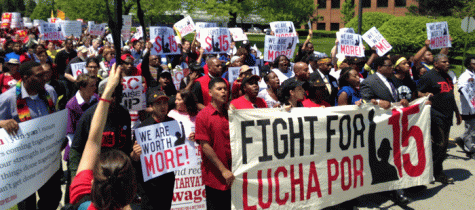
Studies of the minimum wage increase in Seattle were mixed. One found that while there was an immediate drop in employment, there was later a rise in employment Another concern brought up is that small businesses in rural areas would see greater losses because they have a smaller consumer base, but there are a few things most people don’t know that might factor into this. Because of the low costs of running a business in a rural area, they actually are more likely to turn a greater profit. The two biggest struggles right now of rural small businesses are actually finding workers able to do the job because of the lower population and also the problem of a smaller consumer base. These problems could be solved by a raise in the minimum wage because it would incentivize more people to get jobs, who would be able to consume more because of their higher wages. We can look back to the 1968 minimum wage raise which occurred in a time of greater inequality between wages in rural vs. urban areas. In 1968 there was no significant long-term drop in employment overall.
We should also ask ourselves the question, will economic gains for the working class outweigh potential job losses? The CBO estimates that overall, workers making less than or near the minimum wage of $15 would see an increase in income even with the job losses factored in. The report also found that business owners would see an overall drop in income but these losses would be concentrated mostly in the top quintile of earners (top 20%). This holds up with a previous study of the effects of minimum wage increases overall. The study found that a minimum wage at 60% of the median wage of a given area is the highest you can raise a minimum wage without the negative impacts on employment outweighing the positive impact of wage increases. Currently 60% of the median hourly wage is around $14.50 an hour, which adjusted for inflation, would be almost equal to the $15 minimum wage 2025 phase in.
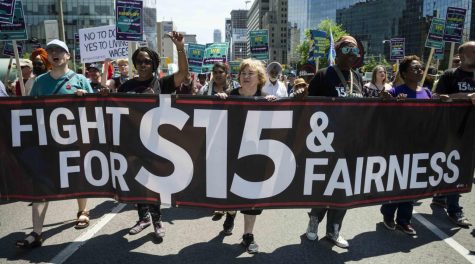
A $15 minimum wage would get a raise to 17 million Americans and lift 900,000 out of poverty. Since the 1970’s, the growth in real wages has become stagnant compared to the growth in economic productivity. More and more of the value generated by American labor is going to the top 1% while many of those laborers are finding it harder to make ends meet. The $15 minimum wage is a necessity and a first step towards tackling the growing inequality in America. The majority of the benefits would go to women and minorities with a third of Black Americans and a fourth of Hispanic Americans receiving a raise. The minimum wage increase in the 1960’s led to a 20% reduction in the wage gap between Black and White Americans and the $15 minimum wage could have a similar, if not a greater effect. The $15 minimum wage would undeniably have an immediate positive effect for American workers, but it is a band-aid on the growing problem of wealth inequality in America.
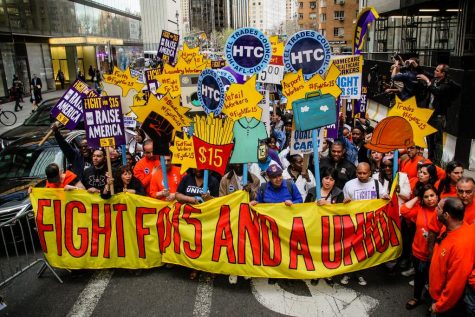
I want to concede the argument that there are better things that America needs to do to give power to low-wage workers. Economists have found a stark correlation between the rise in income inequality since the 1970’s and the drop in unionization rates for American workers. In Denmark, there is no minimum wage, yet McDonald’s workers make a solid $22 an hour with benefits. This is not because of some miracle of deregulated capitalism but rather because of the collective bargaining power of Denmark’s strong trade unions. The only reason we need a minimum wage so badly in the US is because our workers do not have the power to set their own wages, but the bosses have the power to pay them as little as possible to generate as much profit as possible for the shareholders. The Protecting the Right to Organize act, a piece of legislation meant to protect union rights, could be a first step towards the revival of the American labor movement.
There are issues that come with the $15 minimum wage, and there are other solutions that could better address the problems low-wage workers in America face. A more long term solution would be the expansion of workers rights to organize in unions. However, right now the positives of a $15 minimum wage far outweigh the negatives, and it would be an immediate benefit to struggling workers.
Your donation will support the student journalists of Enloe Magnet High School, allowing us to cover our annual website costs. We are extremely grateful for any contribution, big or small!
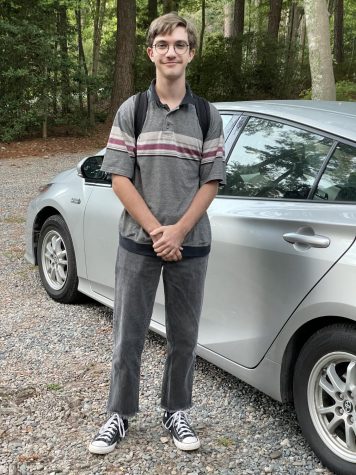
(He/him)
This is Owen! He's an aspiring musician, an amateur skater, a middle child, a JBrekkie enjoyer, and a staff writer for the Eagle's Eye. Owen...


